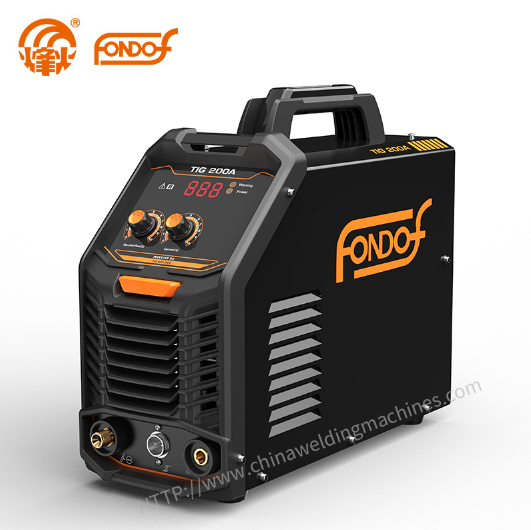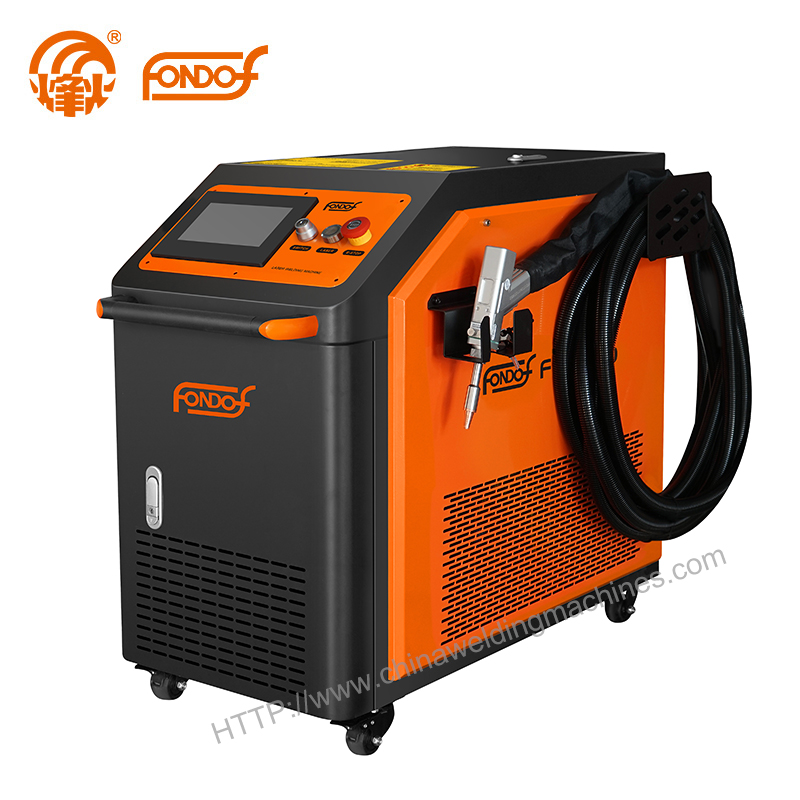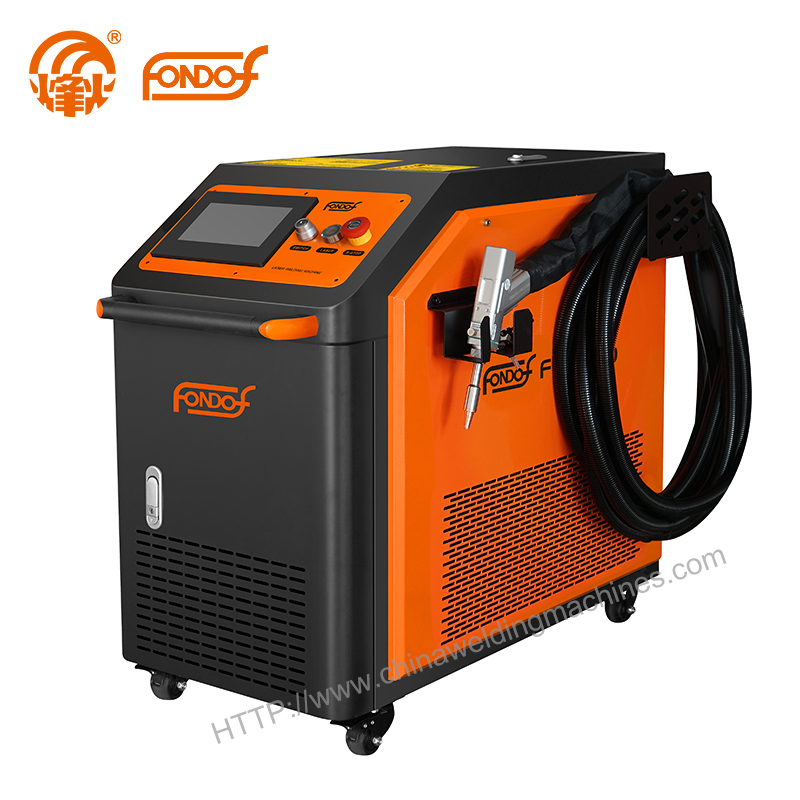How a TIG Welder Works and When to TIG Weld
 Sep. 10, 2024
Sep. 10, 2024
What is TIG Welding?
TIG welding is a welding process that uses a non-consumable tungsten electrode to produce a weld. It's unique because it provides greater control over the welding process compared to other methods like MIG or stick welding. The basic components of a TIG welder include a tungsten electrode, a power supply, and an inert gas like argon to shield the weld from contamination.
How Does a TIG Welder Work?
TIG stands for tungsten inert gas and is technically called gas tungsten arc welding (GTAW). The process uses a non-consumable tungsten electrode that delivers the current to the welding arc. An inert gas, typically argon, protects and cools the tungsten and weld puddle.
In TIG welding, an electric arc is created between the tungsten electrode and the workpiece. This arc generates heat, which melts the base metal and creates the weld. What sets TIG welding apart is that it uses an inert shielding gas, typically argon, to protect the weld pool from reacting with oxygen, nitrogen, or hydrogen in the air. This results in a cleaner weld, which is critical in projects requiring high precision.
The Arc and Heat Control in TIG Welding
A key feature of TIG welding is its control over heat. This is typically achieved using a foot pedal, allowing the welder to increase or decrease the arc's intensity based on the requirements of the project. This control is crucial for preventing the workpiece from overheating or warping, especially when working with thin materials like aluminum.
Key Components of a TIG Welding Machine
A TIG welder consists of several important parts:
- Tungsten electrode: The non-consumable electrode that generates the arc.
- Power supply: Provides the necessary current to generate the arc.
- Gas cylinder: Contains an inert gas (argon or helium) for shielding.
- Filler metal: In some cases, a separate filler rod is used to add material to the weld.
Benefits of TIG Welding
One of the biggest advantages of TIG welding is the level of control it offers. Because the welder can manually add filler metal and control the heat, the process is highly precise, resulting in clean and aesthetically pleasing welds. This method is also versatile, working on a wide range of metals, including aluminum, stainless steel, and even titanium.
When Should You Use TIG Welding?
TIG welding is best suited for projects that require precise, high-quality welds. Here are some scenarios where TIG welding excels:
- Thin materials: TIG welding is ideal for thin metals like aluminum and stainless steel, where too much heat from other welding methods could cause warping or burn-through.
- Clean, neat welds: For applications where appearance matters, such as in aerospace or automotive industries, TIG welding delivers superior results.
- Artistic work: TIG welding is a favorite among metal artists who need to create smooth, clean welds for sculptures and ornamental designs.
TIG Welding in Aerospace and Automotive
In the aerospace and automotive sectors, precision is paramount. Components often need to be lightweight yet strong, and TIG welding is the go-to method for achieving this balance. The ability to work on thin, high-performance materials like aluminum and titanium makes TIG welding indispensable in these industries.
TIG Welding for Artistic and Ornamental Work
TIG welding isn't just for industrial applications; it's also popular among artists. Because of its precision and ability to create smooth, clean welds, it's often used in metal sculptures, decorative gates, and other artistic projects where appearance is as important as function.
The Difference Between TIG and Other Welding Methods
When comparing TIG to MIG welding, one of the biggest differences is the use of a consumable electrode in MIG welding versus a non-consumable tungsten electrode in TIG welding. Stick welding, on the other hand, uses a consumable rod and is less precise than TIG.
Advantages of TIG Welding Over MIG and Stick
TIG welding generally produces higher quality welds with better control, making it ideal for more intricate projects. While MIG and stick welding are faster and more suitable for large-scale projects, they lack the finesse that TIG welding offers.
Safety Considerations When TIG Welding
Like all welding methods, TIG welding comes with its risks. Always wear protective gear such as a welding helmet, gloves, and flame-resistant clothing. Proper ventilation is essential to avoid exposure to harmful fumes, especially when welding metals like stainless steel.
Common Mistakes to Avoid in TIG Welding
One of the most common mistakes in TIG welding is overheating the material, which can lead to warping or burn-through. Another common issue is failing to properly maintain the tungsten electrode, which can result in poor-quality welds.
Conclusion
TIG welding is a versatile, precise, and clean welding method, ideal for applications requiring high-quality welds. Whether you're working on thin metals, artistic projects, or industrial components, TIG welding offers unparalleled control and results. If you're looking for the perfect welding method for your next project, TIG welding could be the answer.





























